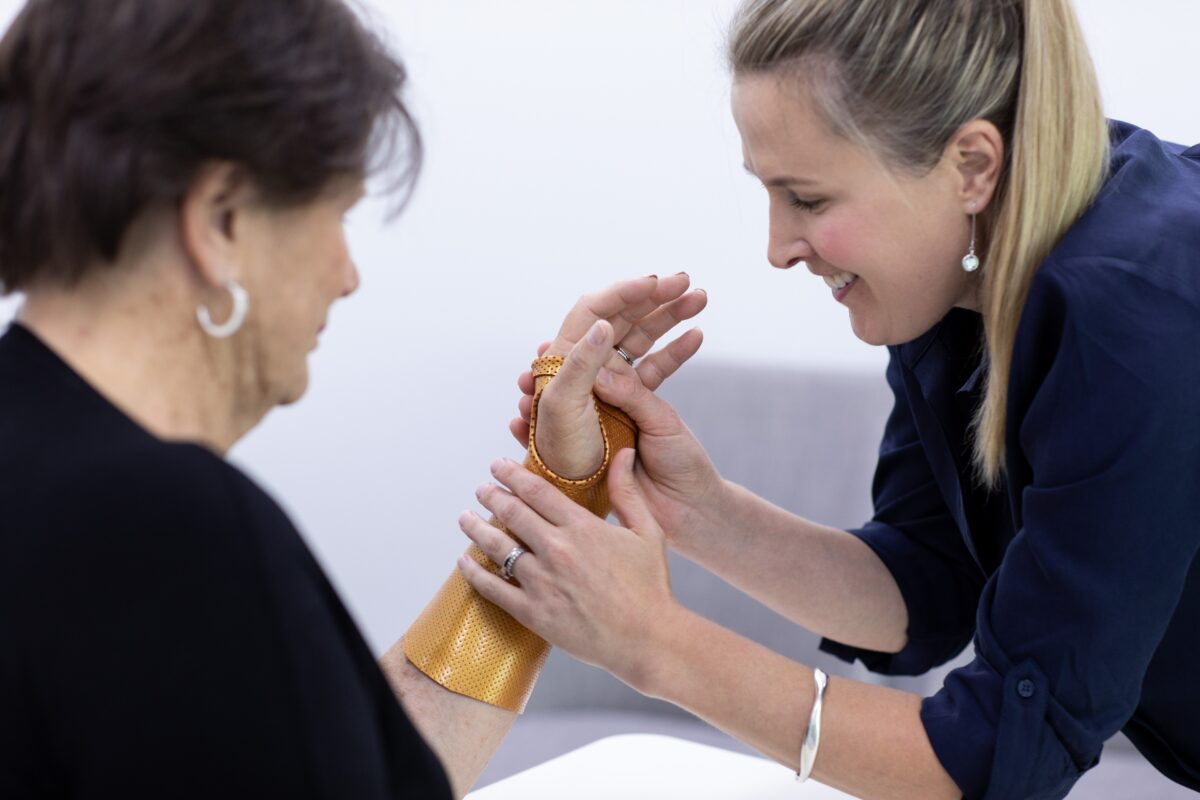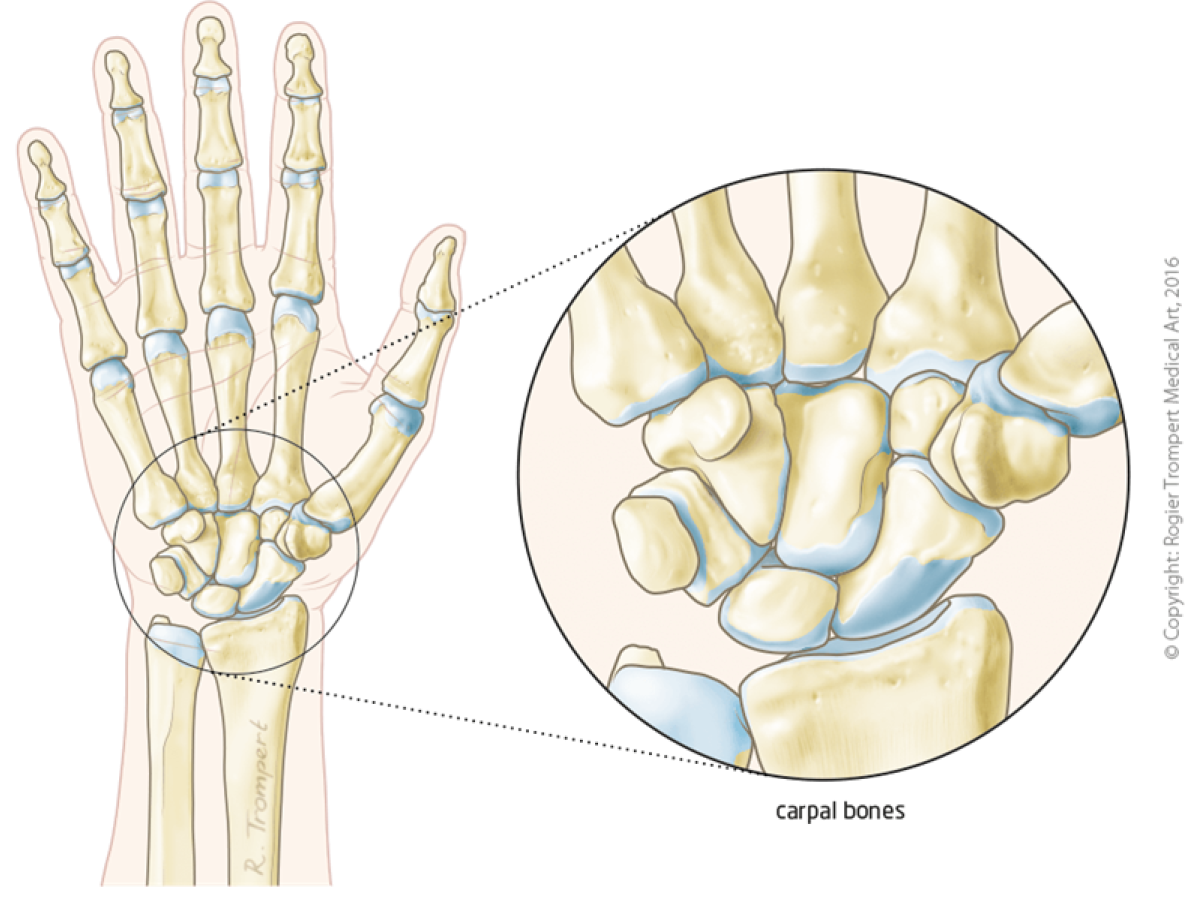
What is carpal instability?
The wrist joint is a complex structure that includes eight small carpal bones. These bones are held together by a series of ligaments. If these ligaments are weak or torn, the carpal bones are allowed to move too much causing carpal instability. Wear and tear or a trauma, such as a fall on an outstretched hand, can cause one or more ligaments to tear or rupture.
Symptoms of carpal instability are weakness and clicking or clunking of the wrist with or without pain.
History and physical examination by a hand or wrist surgeon are the foundation of the diagnosis. Imaging, such as an MRI scan can be very helpful. The best way to establish the diagnosis of a torn ligament is a wrist arthroscopy . In this procedure the surgeon can see inside the wrist using 4 small incisions (+/- 5 mm each) and a fibre-optic camera.

Treatment for carpal instability
Treatment of carpal instability depends on the ligaments involved and the patient’s wishes.
Treatment options vary from hand therapy, splinting and rehabilitation exercises to arthroscopic or open wrist surgery.
